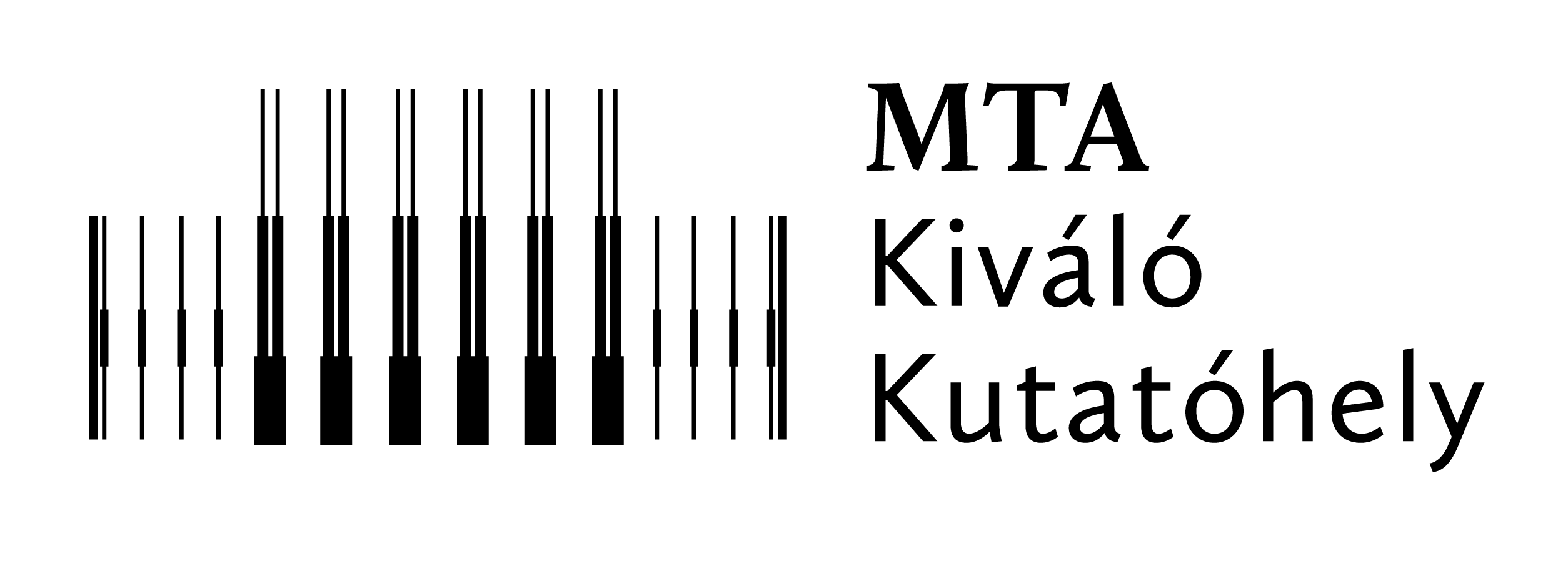Előadó: Vukics András (Wigner FK SZFI)
Előadásának címe: Playing ball games with a cold ensemble: measuring temperature, magnetic field, and gravity in a cold-atom cavity QED system
Dátum: 2025. június 10. kedd, 10 óra
Helyszín: 1-es épület tanácsterem
Összefoglaló:
In this talk, I present recent developments from our quantum optics laboratory, aimed at the institute's broad audience. After a brief overview of the main components of the experimental system – including optics, vacuum, electronics, and the optical cavity – I outline the main operational processes: magneto-optical trapping, polarization gradient cooling, optical pumping, magnetic trapping and transport. I also describe the diagnostic techniques, such as fluorescence and absorption imaging.
I show how careful image processing allows for determining the optical density, center, and spatial extent of the cold-atom cloud. These are essential for calculating the atom number and the absolute temperature in Kelvin, since the length scale of the image can be determined from the free fall of the cloud during time-of-flight.
Cold-atom systems have demonstrated great potential in the sensing of external fields such as magnetism and gravity. I present a novel technique developed in our lab – dubbed "cold-atom buoy" – that utilizes the center of mass to determine an external magnetic bias field at the position of the cloud arising from the Earth or nearby devices. A micron precision in the determination of the center of mass translates to a precision on the milli-Gauss scale. This creates a bridge between macroscopic magnetic fields and the range of probes based on atomic physics.
Finally, I will highlight a method that leverages the core feature of our setup, the high-finesse optical cavity that can strongly couple to collective atomic degrees of freedom. I show how a polarization-resolved single-photon counting technique that we have adopted over the past few years allows us to differentiate between the density distribution of the atoms in the magnetic trap, and the spatial distribution of the trap's magnetic field across the sample. Due to gravity, the centers of these distributions are displaced relative to each other, enabling the measurement of the gravitational sag of a magnetically trapped cold-atom cloud.



